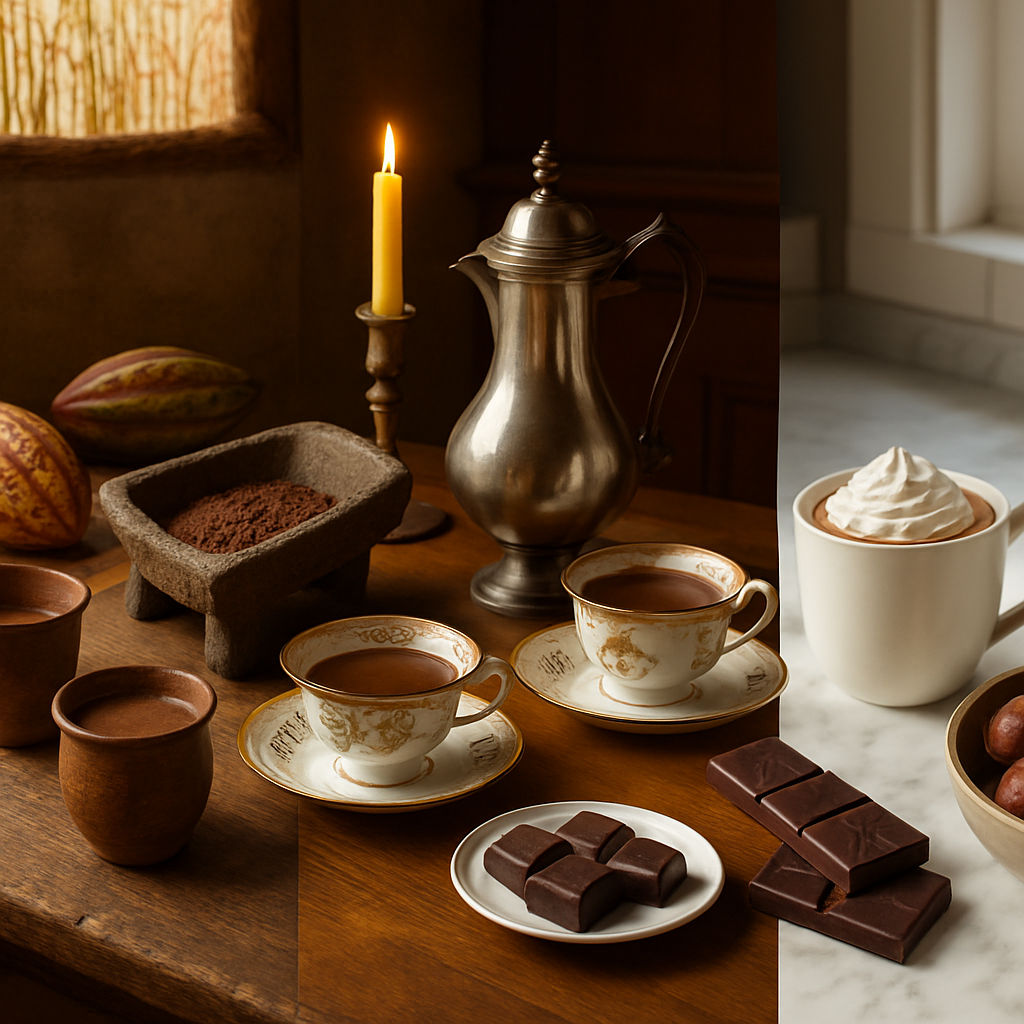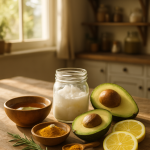
Chocolate. Just saying the word can evoke rich memories and delightful sensations. Most of us have a story or two involving this sweet treat perhaps a first taste, a special gift, or a comforting bite during a tough day. But where did it all begin? This delectable journey from ancient times to the modern culinary landscape is a tale worth savoring.
Ancient Cacao: More Than Just a Treat
Long before chocolate bars, hot cocoa, or chocolate chip cookies, the cacao bean was revered by ancient civilizations in Mesoamerica. For the Olmecs, Mayans, and Aztecs, cacao was more than a mere ingredient; it was a sacred entity. The Mayans, for instance, believed cacao was discovered by the gods in a mountain containing other delectable foods. They used it in rituals, ground it into a bitter drink, and even employed it as currency. Imagine that your wallet full of cacao beans instead of cash. Sounds like a dream to a chocoholic, doesn’t it?
Aztecs, too, shared this reverence for cacao. Emperor Montezuma reportedly consumed gallons of cacao-based drinks daily, believing it to be an aphrodisiac. Well, who could argue with an emperor? The drink was often spiced with chili, vanilla, and achiote a far cry from the sweet concoctions we sip today. This ancient brew was more akin to an energy boost than a sweet treat. A bit like swapping your morning coffee for a spicy chocolate shot.
The European Encounter
Fast forward to the early 16th century when the Spanish Conquistadors, led by Hernán Cortés, stumbled upon this cacao treasure. Initially, they found the drink too bitter for their tastes. (Imagine their surprise when their milk and sugar-laden version would one day conquer Europe!) But recognizing its value, they brought cacao beans back to Spain. And so began chocolate’s transformation.
The Spanish sweetened the brew with sugar and cinnamon, creating a beverage that quickly became a luxury item. It wasn’t long before chocolate fever spread across Europe. The drink was exclusive to the elite, served in ornate cups during lavish gatherings. Talk about elevating a simple bean to royal status!
During this period, European chocolatiers began experimenting. They devised ways to form chocolate into solid shapes, eventually leading to the creation of the chocolate bar in the 19th century. This was a pivotal moment and, quite frankly, a game-changer for chocolate lovers everywhere. Can you imagine a world without chocolate bars? It’s a thought too grim to entertain.
Industrial Revolution and a Sweet Turn
The Industrial Revolution didn’t just change the face of manufacturing; it reshaped chocolate too. Advances in technology allowed for mass production, making chocolate accessible to the general public. In 1847, Joseph Fry developed a method to produce a moldable chocolate paste, leading to the first chocolate bar. Not long after, Rodolphe Lindt invented the conching machine, refining chocolate to the smooth, melt-in-your-mouth consistency we adore today.
And then there’s milk chocolate, a delightful innovation credited to Daniel Peter and Henri Nestlé. They added condensed milk to chocolate in the 1870s, birthing a creamy sensation that quickly captured hearts worldwide. An interesting tidbit here: I once tried to replicate this in my kitchen, thinking a splash of milk in melted chocolate would do the trick. Spoiler: it doesn’t work that way. But hey, we live, we learn, and we leave the real magic to the professionals.
Chocolate in Modern Times
Today, chocolate is ubiquitous. With countless varieties, it’s a staple in everything from kitchen pantries to high-end patisseries. It has transcended its humble, ritualistic beginnings to become an integral part of culinary art, pop culture, and even science.
Interestingly, there’s been a recent resurgence in the appreciation of chocolate’s origins. Artisanal chocolatiers are returning to the source, producing bean-to-bar chocolates that highlight the distinct flavors of different cacao beans. It’s like a wine sommelier exploring terroir, only far more delicious in my opinion.
Yet, with all this history and innovation, one must not overlook the challenges the chocolate industry faces today. Ethical sourcing is a significant concern, as the demand for cacao often clashes with sustainable practices. Many consumers are becoming more conscious of this, seeking out fair trade chocolates that ensure better conditions for cacao farmers. It’s a crucial step in maintaining the integrity of this beloved treat.
A Personal Reflection
I’ve spent years experimenting with chocolate in kitchens around the world. From crafting intricate desserts to simply enjoying a square of dark chocolate with a robust espresso, my relationship with chocolate has been profound and, at times, humbling. There’s something magical about transforming a bitter bean into a rich, complex treat that brings joy to so many.
But here’s a fun confession: I still can’t resist a simple milk chocolate bar from time to time. Perhaps it’s nostalgia, or maybe it’s just the sheer pleasure of that creamy sweetness. Either way, chocolate, in all its forms, is a testament to human creativity and indulgence. And while I might not grow cacao trees in my backyard (though wouldn’t that be a sight?), I hold a deep respect for the journey these beans have taken to delight our senses.
So next time you unwrap a piece of chocolate, take a moment to appreciate its storied past. From ancient rituals to modern confections, chocolate’s journey is as rich and varied as its flavor. And who knows? Maybe there’s another transformation on the horizon, ready to surprise and delight us all over again.

